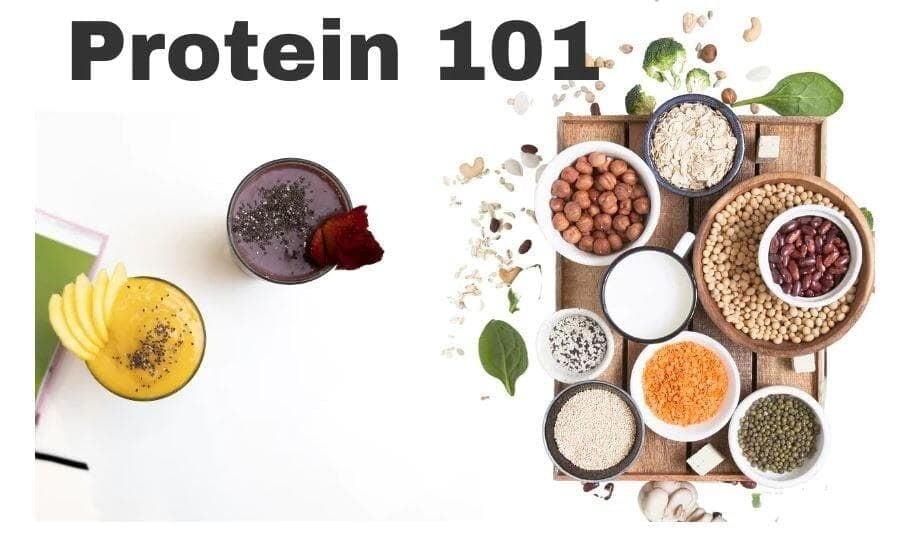In this series I will be talking about the 3 macronutrients: Protein, carbohydrates, and fat (alcohol is also considered a macronutrient because it provides calories, but because it doesn’t add any nutritional value to the diet it won’t be covered in this series).
We hear proteins are the “building blocks of the body” but how does this really work?
When we eat proteins (for example a grilled chicken breast), we chew, we digest, and we break it down into its smallest molecule: Aminoacids.
If you think about a brick house, the house is the protein, and the bricks are the aminoacids that form the house or in this case, the protein… There are many types of proteins, just like there are many different types of houses or buildings (office buildings, rental houses, small and big houses, small and big buildings). All houses, at least in this story, are made of bricks (red bricks, white bricks, brown bricks), just as there are many types of bricks to build a house, there are the many different types of amino acids that form a protein.
It is difficult to make this simple, but just as reference, each protein needs at least 20 essential amino acids to form a complete protein. All animal proteins have complete proteins, vegetarian and vegan options sometimes need to be combined to fulfill the amino acids needed to form a complete protein. So after we eat, say, a chicken breast and our stomach has done the work of breaking all the proteins down into amino acids, our body can absorb those amino acids and rebuild them into full proteins that our body needs. So in other words, we are breaking down a brick house (proteins) to get all those bricks (amino acids), so we then can build another house that is specific to what our body needs at that particular moment. That is exactly how proteins work.
I mentioned the different types of houses and buildings, some examples of proteins are the cells that make up our skin, muscles, bones, hair… But there are so many other proteins inside our body, here are just a few examples:
Hemoglobin: This protein is found in red blood cells and is responsible for carrying oxygen to all the cells in your body.
Enzymes: These proteins are important in speeding up chemical reactions in the body, one example is the enzymes needed to break down food in the digestive system.
Collagen: Proteins that provide structure and support to your skin, tendons, and bones.
Antibodies: These proteins help the immune system fight any foreign agent, such as viruses and bacteria.
Insulin: This is a protein (also a hormone as it is part of the lymphatic system) that helps regulate the amount of sugar in the blood, by allowing sugar molecules to enter skeletal muscle cells.
